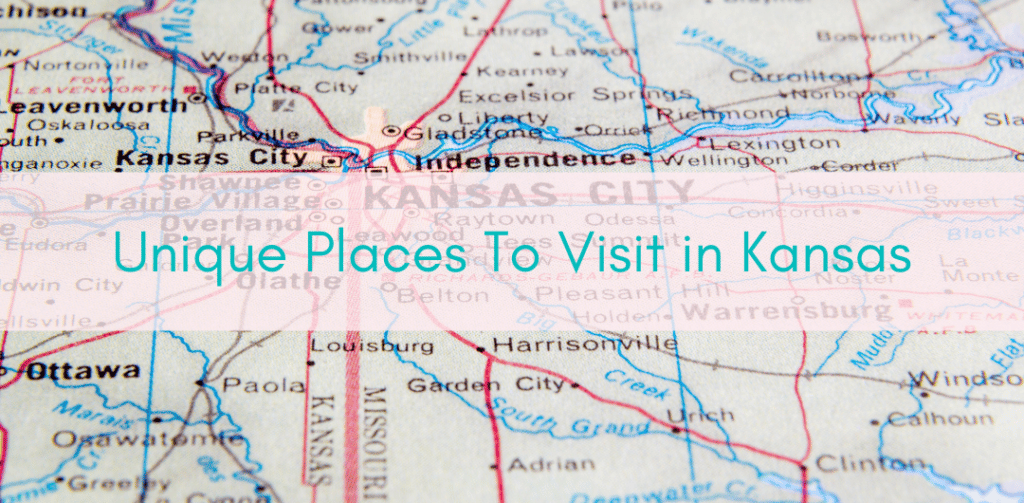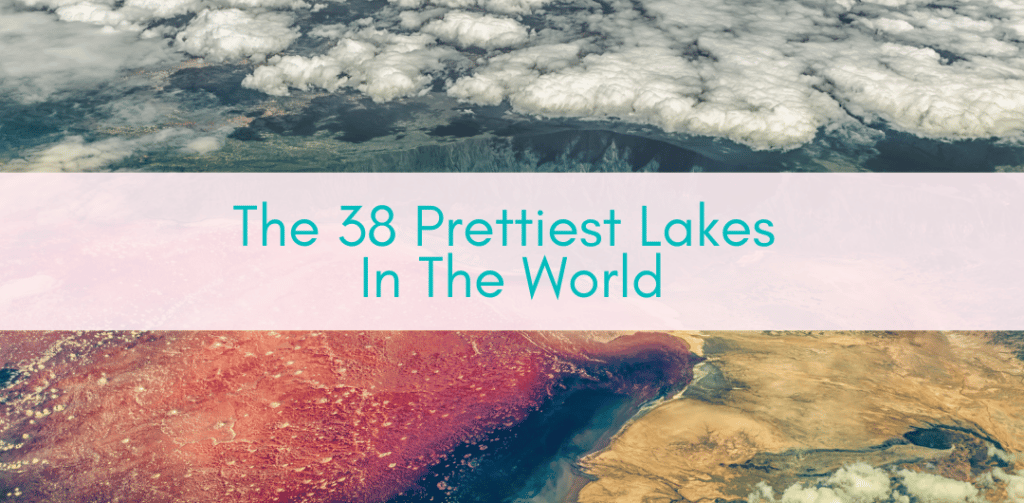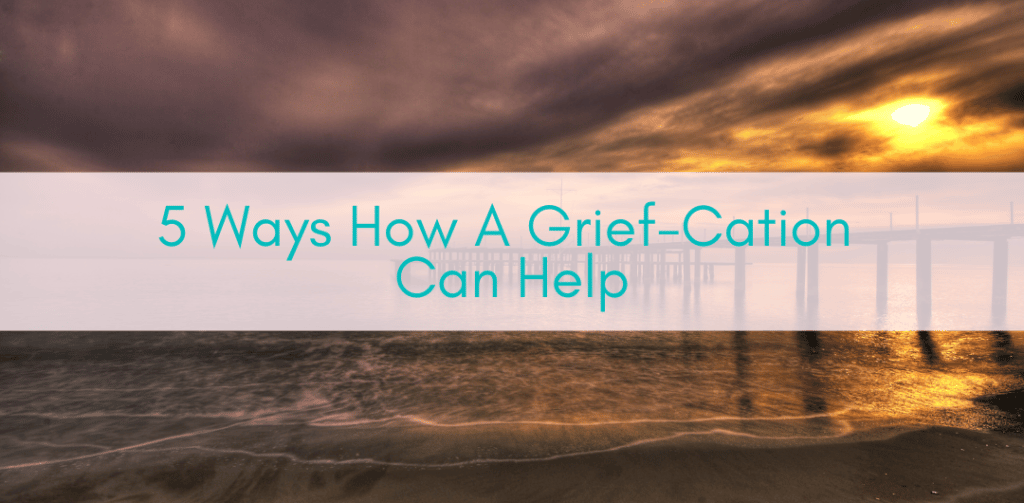Nepal in November for Solo Female Travelers
November is a time for women traveling alone to visit Nepal. It’s a captivating destination, with its scenery and varied trekking paths that offer unique cultural encounters in the Himalayas paradise! The autumn season in swing during November in Nepal brings weather conditions along, with lively festivals and exciting adventures to make your trip truly memorable!
Weather Conditions and Climate in November
November falls in the autumn season of Nepal when the temperatures are reasonably pleasant and the sky is clear blue. The weather is steady because the monsoon rains have gone away, leaving the atmosphere dry and pleasant for trekking and exploration outdoors. In the lower altitudes, the average daytime temperatures range from 10°C to 20°C, though in higher altitudes of the Everest or Annapurna region, much cooler conditions can prevail, especially at night.
The higher altitude remains cold, especially early in the morning and late in the evening, and warm layers are a must. If prepared accordingly, trekking in high-altitude areas like Everest Base Camp and Annapurna Base Camp can remain comfortable. This is the best time for clear visibility, and uninterrupted views of Nepal’s iconic high peaks, including Mt. Everest, and makes it one of the best times to trek.
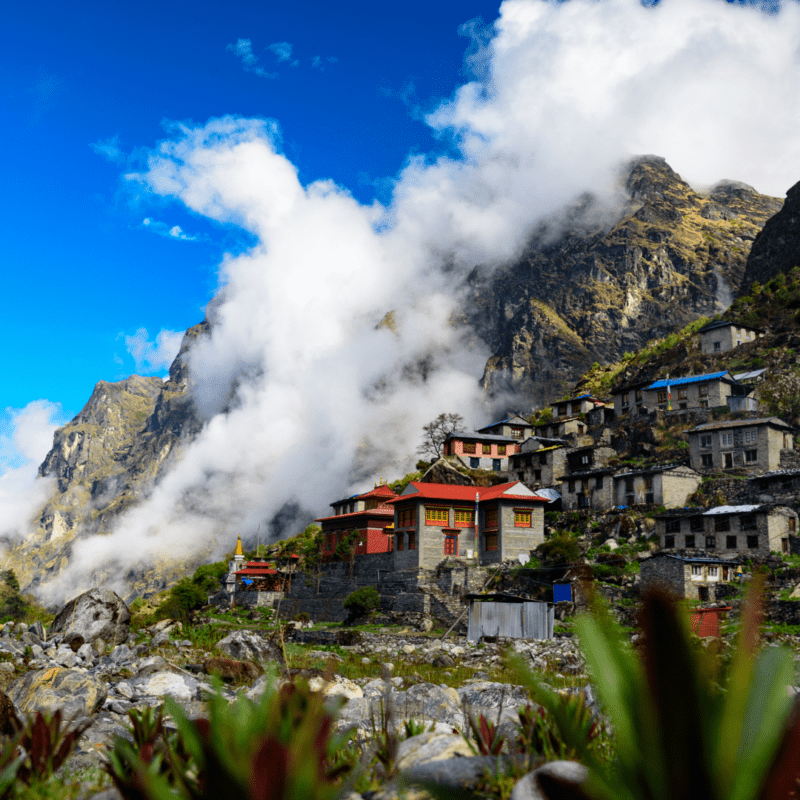
Trekking in Nepal in November
Nepal is known for its trek routes, and November falls right in the peak season for treks. Some of the famous treks include Everest Base Camp Trek, Annapurna Circuit Trek, Langtang Valley Trek, and Manaslu Circuit Trek, with each having something different to offer and allowing breathtaking visions of the high Himalayas.
For most, this is the ultimate priority of the adventure bucket list: the trek to Everest Base Camp. Solo female travelers will be able to start their journey from the bustling town of Namche Bazaar, moving through breathtaking landscapes toward quaint tea houses offering shelter with a peek into the local culture. Every mountain region is cloaked in vibrant colors, and the mountain views are a sight to behold.
For those who would like lighter challenges, the Annapurna Base Camp Trek and the Poon Hill Trek are two of the shortest yet equally spectacular treks. Above Poon Hill, trekkers can greet the iconic sunrise view over the ranges of Annapurna and Dhaulagiri, while the Annapurna Circuit Trek takes a far wider circle, cutting across a number of landscapes from rich forests to snow-capped peaks.
These two treks, Langtang Valley Trek and Manaslu Circuit Trek, are ideal for those trekkers who want to get into quieter and off-the-beaten-track routes, which avail ample opportunity to get solitude, considerable beauty in landscapes, and social interaction with people in less known areas. November is one of the best months for the sport due to its stable weather and pleasant temperatures.
Cultural Immersion and Festivals
Besides the trekking routes, November in Nepal is quite vibrant in terms of cultural experiences. One of the highlights of the month is the Tihar Festival, popularly known as the Festival of Lights. Celebrated in early November, falling immediately after Dashain, it constitutes the second important festival of the year. It is a five-day-long festival where each day is devoted to worshipping different animals, with the famous Kukur Tihar falling on one of the days when dogs are worshipped and decked with garlands.
Illuminated streets and homes with fairy lights add a touch of magic to this celebratory yet reverent atmosphere. As a solo traveler, witnessing or participating in such cultural traditions is never forgotten. Visiting during festival time enables travelers to be social with the local culture and fathom the deep spiritual roots that are attached to Nepal.
November is good for visiting the Kathmandu Valley and exploring its cultural wealth. Inside the valley alone lies several UNESCO World Heritage Sites: Boudhanath Stupa, Swayambhunath (Monkey Temple), and Pashupatinath Temple hold immense significance for the followers of Lord Shiva.
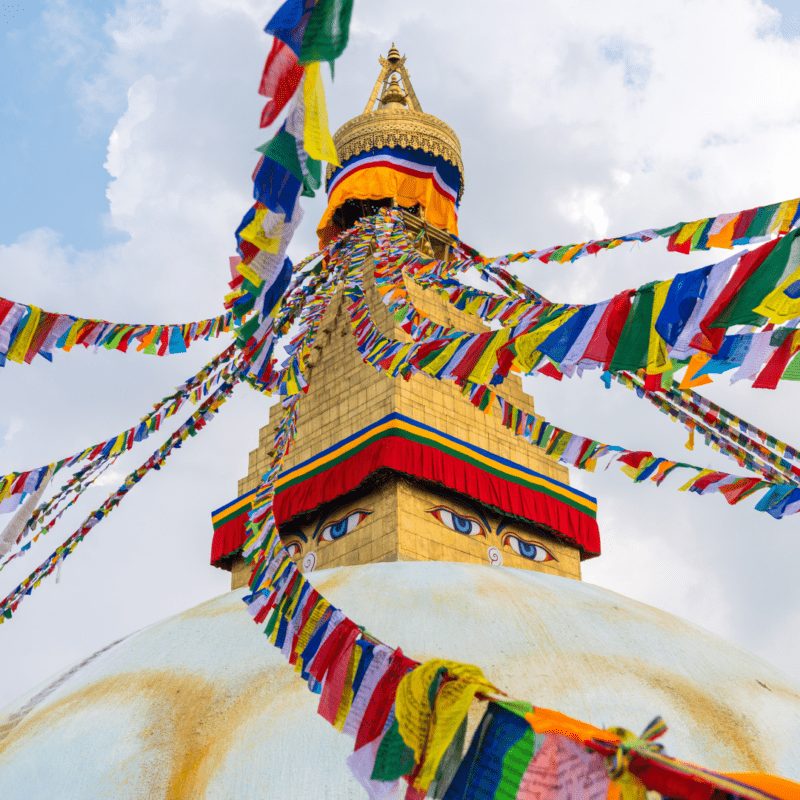
Wildlife and National Parks
For nature lovers, Chitwan National Park and Bardia National Park are the spots to visit in the month of November. These parks offer lifetime experiences about wildlife, safaris, and spotting the elusive Royal Bengal Tiger, rhinos, elephants, and a wide variety of bird species. The dry season in November offers advantages during animal spotting because such animals congregate around water sources, thus providing optimal viewing opportunities.
These parks also represent the different ecosystems at large in Nepal, from very dense forests to totally open grasslands, providing a sense of immersion into nature outside the mountainous areas.
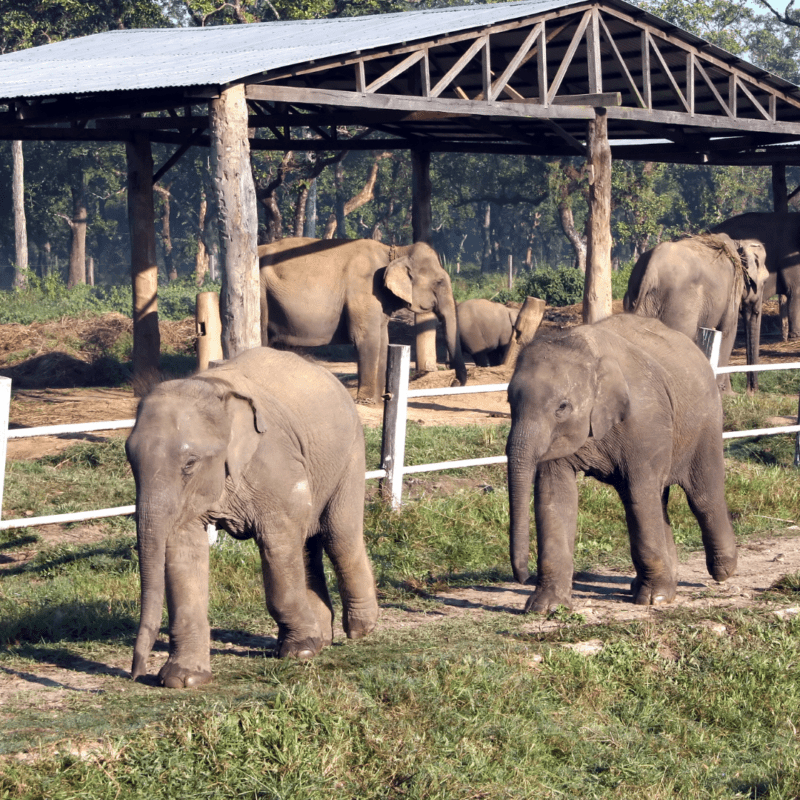
Outdoor Adventures Beyond Trekking
Not only does Nepal offer trekking, but November is ideal for other adventure sports, too, such as white-water rafting. The experience of rafting is just mind-blowing in rivers like the Trishuli or Bhote Koshi because the water current is not that powerful after the monsoon rains are over, offering full-fledged adventure with breathtaking landscapes and deep gorges. For that matter, mountain biking, paragliding in Pokhara, and sightseeing in Nepal’s scenic countryside will be an added delight because of the pleasant weather throughout November.
Practical Considerations
Before the trek begins, it is more important to obtain the right permits. You will need a TIMS card and a Sagarmatha National Park permit for the Everest Base Camp Trek. In the case of the Annapurna Circuit Trek, you will need a TIMS card and an Annapurna Conservation Area Project Permit. These are easily available in Kathmandu or Pokhara.
Packing: Remember, while the days are warm, nights at high altitudes are cold, so bring a bunch of layering clothes, a high-quality sleeping bag, and cold-weather gear. Bring in trekking poles if you like them, good hiking boots, and a decent backpack that is comfortable.
Altitude sickness and acclimatization: The journeys to high-altitude areas of Nepal, for instance to Everest Base Camp or Annapurna Base Camp, have to be done in a very gradual manner. Symptoms include headaches, vertigo, and nausea, most probably occurring above 3,000 meters or 9,800 feet. Try to minimize this risk through slow ascents, rest days, and fluid intake. Places like Namche Bazaar are good options to get acclimatized before heading on to much higher altitudes. It becomes necessary to make descents to lower altitudes in case of deterioration of symptoms.
Safety Tips for Solo Female Travelers
Nepal is one of the relatively safer countries to travel to as a solo female, but it is always good to be prepared for anything. Travel by famous and marked routes-for example, in the Everest Region or Annapurna Region-and, take a guide service or even a porter in case of more distant areas of your trek. Guides will give you security but also some valuable knowledge about the local culture and geography and possibly permits, which may be necessary for your trek.
Whenever in a city, be it Kathmandu or Pokhara, dress modestly and keep valuables secure. Try not to go out at night, especially alone, when you are unfamiliar with neighborhoods, and bring along some alternate plans in case of changes in your journey.
November – The Perfect Time to Visit Nepal
November in Nepal is a very great time for solo female travelers. The skies are clear, the temperatures are mild, and there’s cultural color everywhere you go. From trekking to the base of Mount Everest to wandering around the Kathmandu Valley to spotting rare wildlife in Chitwan National Park, it’s just an amazingly unique time for adventure and spiritual travel. Because November is the perfect month for trekking or exploring festivals like Tihar, it is so rich in Nepal’s cultural heritage that a trip to the country should top the list for every traveler.
Topics
Subscribe
Subscribe for news, updates, giveaways, and more!
JOIN GIRLS WHO TRAVEL
Join our inclusive community
of tens of thousands of women who
share your passion for travel in our
Girls Who Travel Facebook group!





